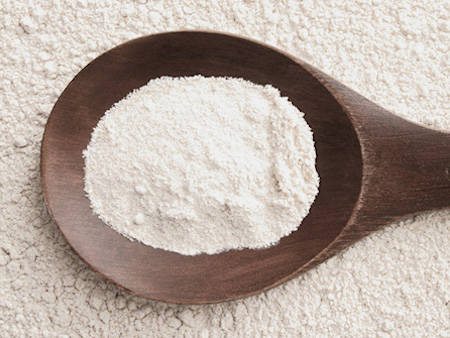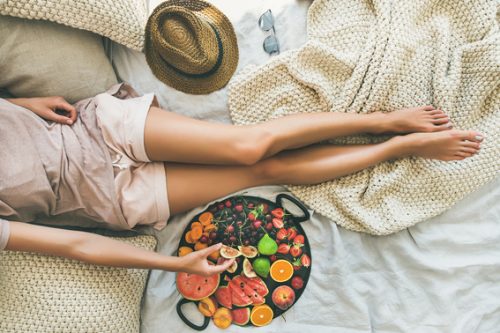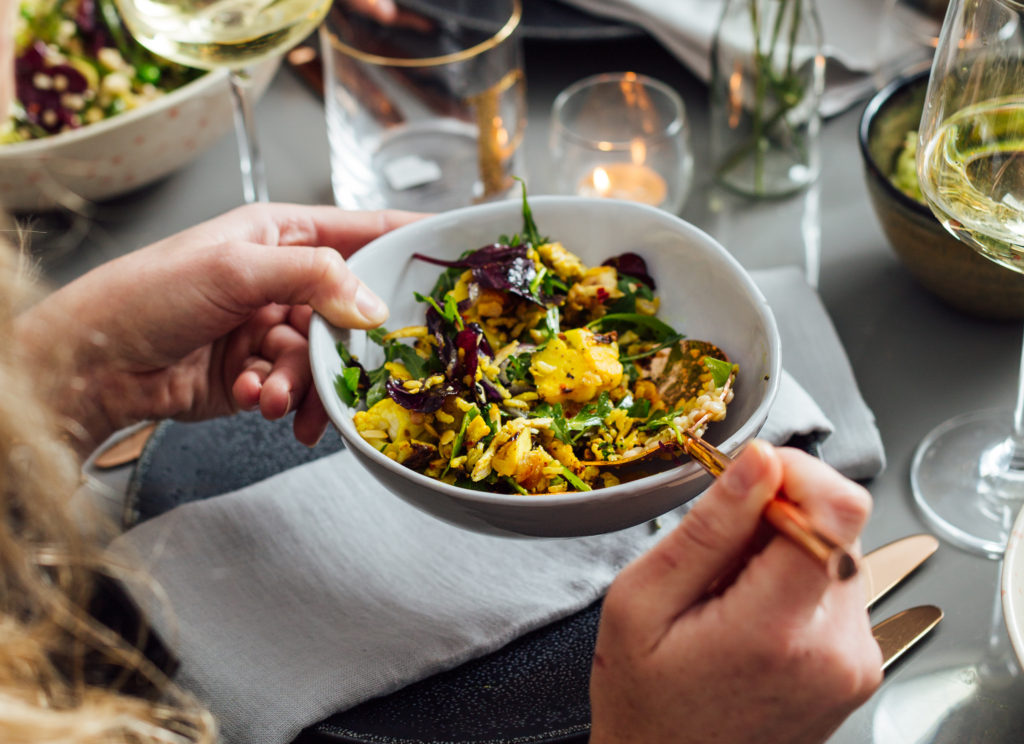Why go low-carb? It’s a valid question, especially considering there are so many diets and lifestyle plans out there. Many people find that pasta and bread get in the way of their weight loss goals. If that sounds true for your lifestyle, then this low-carb diet for beginners may be the perfect way to jump-start your weight loss goals. Low-carb diets are designed to help you slim down while also allowing you to find satisfaction in meals that don’t involve carbohydrate-rich foods.
Unfortunately, eating a large amount of carbohydrates (especially simple carbs) does a lot for the soul but nothing for the waistline. It becomes so much easier to stick to a low-carb diet when you have all the information at your fingertips. You can learn how to enjoy a rich piece of salmon atop a bed of greens and allow a lot of the Italian classics to become an occasional treat.
There’s a lot of information out there on low-carb diets, but I want to break it down for you, from the research to the foods to eat, and the recipes to try. Enjoy!
The Research
Studies show that avoiding sugar and starches aids in the stabilization of blood sugar, as well as the levels of insulin (which stores fat). This combo makes for increased fat burning, higher levels of satiation, and reduced food intake. While other studies show that a low-carb diet helps in weight loss and blood sugar management, research has also revealed that consuming a high-fat diet is not problematic.
The Low-Carb Diet for Beginners
What to Eat
For a no-fail, low-carb diet guide of what to eat, let’s stick with what you can consume without guilt:
- Meat (preferably lean proteins, like chicken breasts)
- Fish
- Eggs
- Vegetables that grow above ground
- Natural fats
All of these foods are below 5-percent carbs, so sticking to these foods will help you stay under 20 grams of carbohydrates per day.
What Not to Eat
As for what you need to steer clear of to adhere to a low-carb diet, you’ll want to avoid:
- Sugar
- High-starch processed foods, like pasta
- Rice
- Bread
- Beans and legumes
- Potatoes and other vegetables that grow below ground.
How Much to Eat
The refreshing thing about this low-carb diet for beginners is that you don’t need to count calories or weigh your food. The idea is to eat the low-carb foods discussed above when you’re hungry, and until you feel satisfied. So, you can put down the calculator and pick up those Meaty Veggie Roll-Ups!
Now this doesn’t mean you should buy a block of cheese and inhale it. There is always the term “everything in moderation” to take into consideration. Be smart! You’re not dieting to make life harder, right?
What to Eat In Moderation

If you’re trying to shed some serious pounds, you might want to stick to the lowest carb options available. However, if you’re trying to trim up a little, but have a very active lifestyle, then there’s a bit of wiggle room. If that’s the case, here are some things you can eat in moderation:
- Tubers: like potatoes and sweet potatoes
- Non-gluten grains: such as rice, oats, and quinoa
- Legumes: including lentils, black beans, and pinto beans
Need a treat? Have the following in moderation as well:
- Dark Chocolate: Be sure to choose one with a high cocoa content (70-85%), to avoid consuming too much sugar.
- Wine: Nearly all wine is naturally low in carbs, and red wine, in particular, has incredible health benefits. Just be sure to avoid the sweeter, low-alcohol wines if you’re looking for low-carb options.
What to Drink
It goes without saying that water should be your go-to drink throughout the day, every single day. But what else is on the list?
- Sparkling water: Just be sure to get an option that has no added sugars or sodium. La Croix has zero carbs, zero sodium, zero calories, zero fat, etc. You can also purchase your own soda stream!
- Coffee: Keep it black or allow yourself a small amount of milk or cream.
- Tea: Unsweetened is best, but if you need it sweet then honey is the best option.
What Not to Drink
While you know water is your friend, you should also know soda is the enemy, no matter if you’re sticking to a low-carb diet or not. Here’s a better look at what to avoid and why:
- Soda: A can of Coca Cola has 35 grams of carbs, which is more than what you could eat and feel full off of on a low-carb diet in one day!
- Milk: For an 8-ounce cup, you can expect 13 grams of carbs, so beware.
- Sports drinks: These are typically full of artificial ingredients, and in 12 ounces there are approximately 30 grams of carbs.
- Juice: While a freshly squeezed glass of OJ, or a rich cup of carrot juice, can be packed with nutrition, many of the store bought kinds are laden with sugars. For an 8-ounce cup of orange juice, for example, you can expect about 30 grams of carbs.
- Caffeinated energy drink: In a 12-ounce can, there’s about 40-60 grams of carbs.
- Latte: Whether it’s a café latte, chai latte, or mocha, a standard cup has 15-20 carbs.
Sample Low-Carb Menus
These three sample food menus will give you an example of what a typical low-carb day will look like. You’ll notice that there are plenty of foods for you to consume, and that the recipes are undoubtedly delicious!
Menu #1
Breakfast: Grilled Salmon Asparagus with Grated Egg
Lunch: Garden Salad with Lemon & Oil Dressing
Snack: Celeriac Fries with Spicy Dipping Sauce
Dinner: Zucchini Pasta with Shrimp and Tomatoes
Dessert: Clean Eating Almond Butter Fudge
Menu #2:
Breakfast: Skinny Protein Breakfast Frittata
Lunch: Caprese Salad in a Jar
Snack: Southwestern Kale Chips
Dinner: Mediterranean Chopped Salad with Salmon, Cucumber, and Mint
Dessert: Pan-Roasted Candied Pecans
Menu #3:
Breakfast: Veggie Quiche with Spaghetti Squash Crust
Lunch: Low-Carb Philly Cheesesteaks
Snack: Spicy Pumpkin Hummus
Dinner: Slow Cooker Texas Chili
Dessert: 3-Ingredient Peanut Butter Cups
There are a lot of low-carb diets out there, including Ketogenic, Whole30, Paleo, South Beach, and Atkins, and they all have their own guidelines, but if you’re just trying to understand the basics of how to start a low-carb diet, this guide is your key!
























